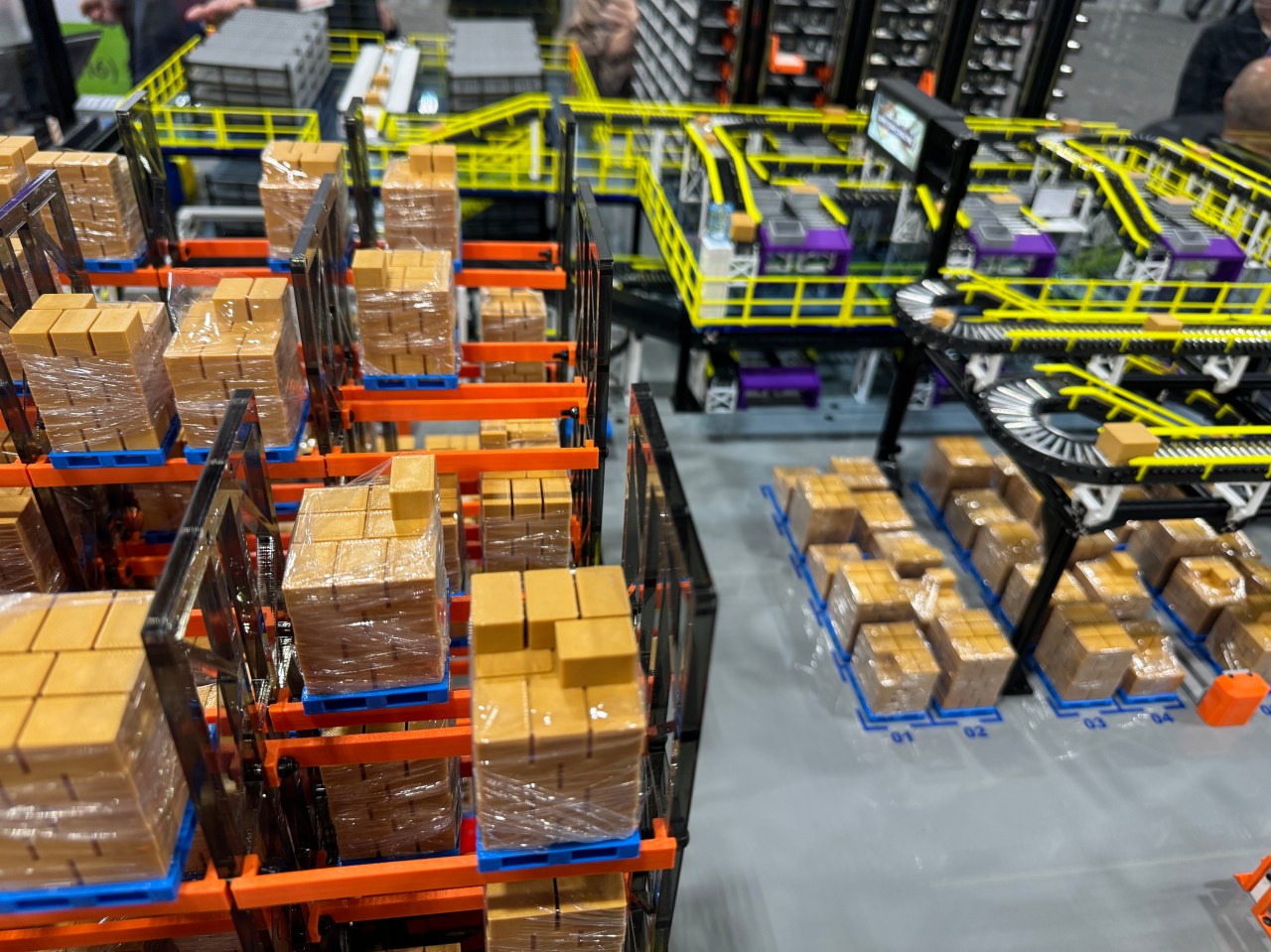The robotics industry is currently at an exciting juncture, yet one riddled with skepticism—especially when it comes to humanoid robots. As the 2024 Modex supply chain show unfolded in Atlanta, this dichotomy couldn’t have been clearer. While traditional automation systems continue to dominate the landscape, humanoid robots linger on the periphery, generating interest but failing to captivate the hearts of industry professionals. In this blog post, we’ll explore the state of humanoid robots, the skepticism surrounding them, and how they can find their place in the evolving landscape of automation.
The Investor Dilemma: Humanoid Robots or Generative AI?
If you’re steering a robotics startup in 2024, you know the drill: investors will likely hit you with two pivotal questions. The first revolves around your integration of generative AI, which is fairly straightforward. However, the second query regarding the development of humanoid robots requires a more thoughtful response. It’s crucial to articulate their potential while also acknowledging that they may not be suitable for every scenario.
Many startups are feeling the pressure to embrace humanoid technology, especially in a market that seems to thrive on hype, as evidenced by the staggering $675 million fundraising round for Figure. Yet, despite this enthusiasm, the Modex showcase illustrated that only a few humanoid robots graced the event, raising questions about the long-term sustainability of such investments.
Agility: The Lone Pioneer
Among the sparse presence of humanoids at Modex, Agility Robotics stood out as a notable player with its robot, Digit. This company has made headlines for its plans to enhance dexterity and efficiency in settings like automotive manufacturing. Everyone wants to see Digit in action, and the buzz felt palpably different from previous years.
- Digit showcased new upgraded hands and software that are finally transitioning from concept to real-world utility.
- Engagements with clients about ROI have moved beyond mere piloting to deeper discussions about deployment.
However, while Agility gains momentum, broader deployment of humanoid robots remains an uphill battle. Industry professionals are quick to point out the difference between a pilot program and full-scale implementation. In many cases, piloting an innovative robotic solution remains a mere stepping stone, often overshadowed by long-established practices in robotics.
The Balancing Act: Humans and Humanoids
Amidst the ongoing debate, it’s clear that most industry players still believe in a hybrid future where humanoids will augment, rather than replace, traditional systems. Terms like “human-in-the-loop” have emerged to emphasize that, despite technological advancements, human intervention is still invaluable in logistics and manufacturing. According to Plus One Robotics CEO Erik Nieves, “You have to add a human if you’re going to increase reliability over time.”
This perspective raises intriguing questions: Could humanoids serve as the bridge between fully automated systems and human-operated tasks? Or are they just a temporary solution in a rapidly advancing technological landscape? GreyOrange CEO Akash Gupta opined that humanoids will fill the “5% exception gap” that traditional automation might struggle with.
Timing and Technology: The Road Ahead
While there’s a noticeable softening of skepticism around humanoids, the consensus remains that a significant technological gap exists before widespread adoption can occur. As acknowledged by various experts, transitioning from pilot programs to full-scale rollouts is fraught with challenges. The prospects for humanoid robots hinge on proving their worth from day one.
Dexterity founding engineer Robert Sun articulated this sentiment well: “Now we don’t have the human, so we’ll put the humanoid there. Eventually, we’ll move to this automated lights-out factory.” It underscores the urgency of developing adaptable systems capable of contributing value sooner rather than later.
Conclusion: The Future of Humanoid Robots
The road ahead for humanoid robots is a complex interplay of optimism and skepticism. While companies like Agility Robotics shine as pioneers, the prevailing sentiment in the industry remains cautious. The real test lies not in the hype but in how effectively humanoids can integrate into current workflows while demonstrating ROI from the outset.
As we continue exploring the landscape, it’s essential to keep in mind that advancements in humanoid robotics may serve not so much to replace human workers but to enhance their capabilities—creating a symbiosis tailored for tomorrow’s challenges.
At **[fxis.ai](https://fxis.ai)**, we believe that such advancements are crucial for the future of AI, as they enable more comprehensive and effective solutions. Our team is continually exploring new methodologies to push the envelope in artificial intelligence, ensuring that our clients benefit from the latest technological innovations.
For more insights, updates, or to collaborate on AI development projects, stay connected with **[fxis.ai](https://fxis.ai)**.

